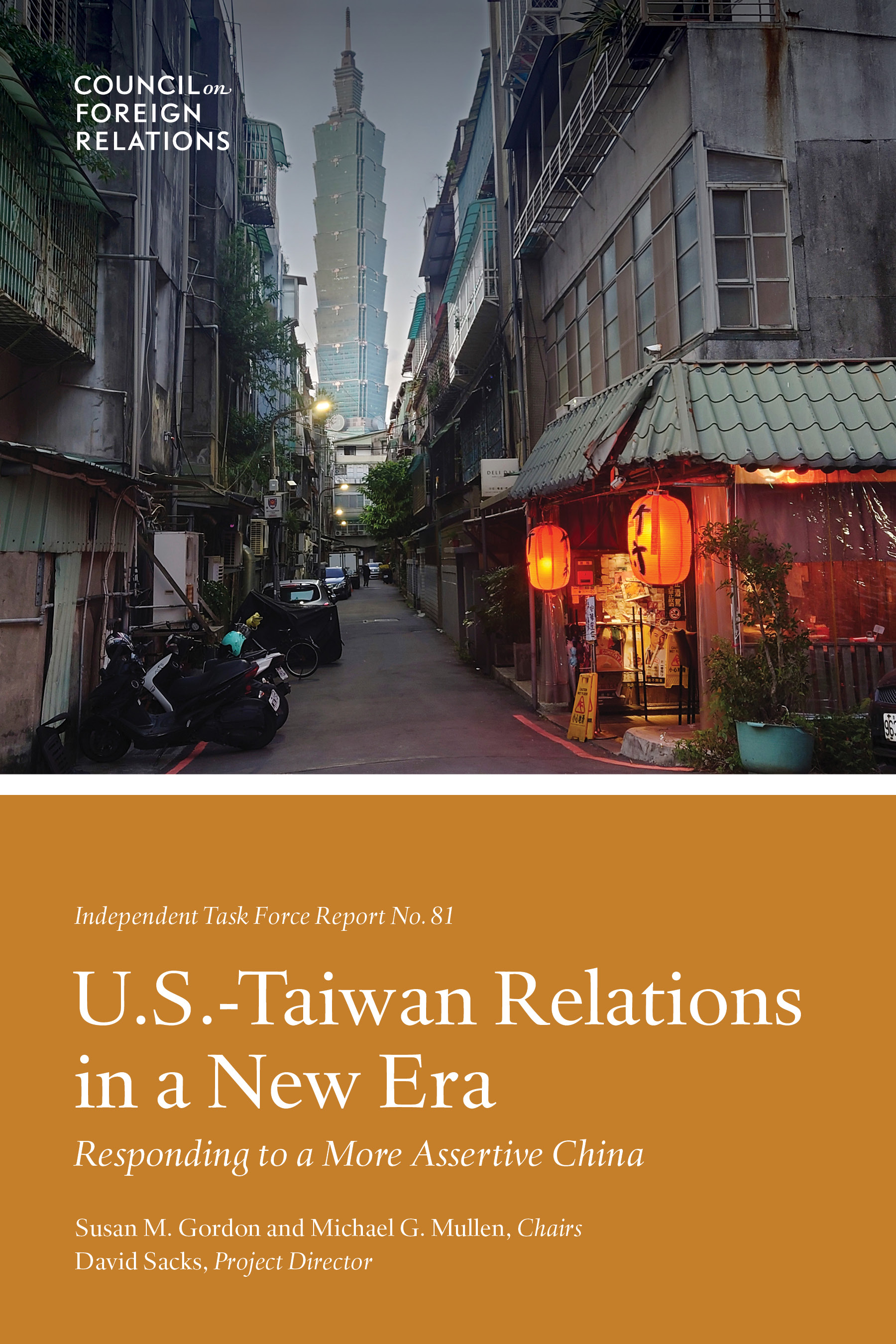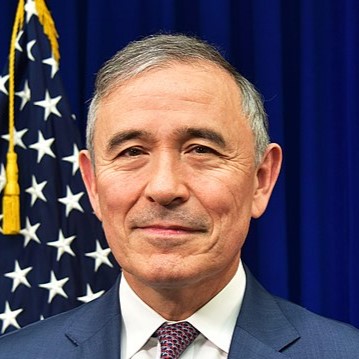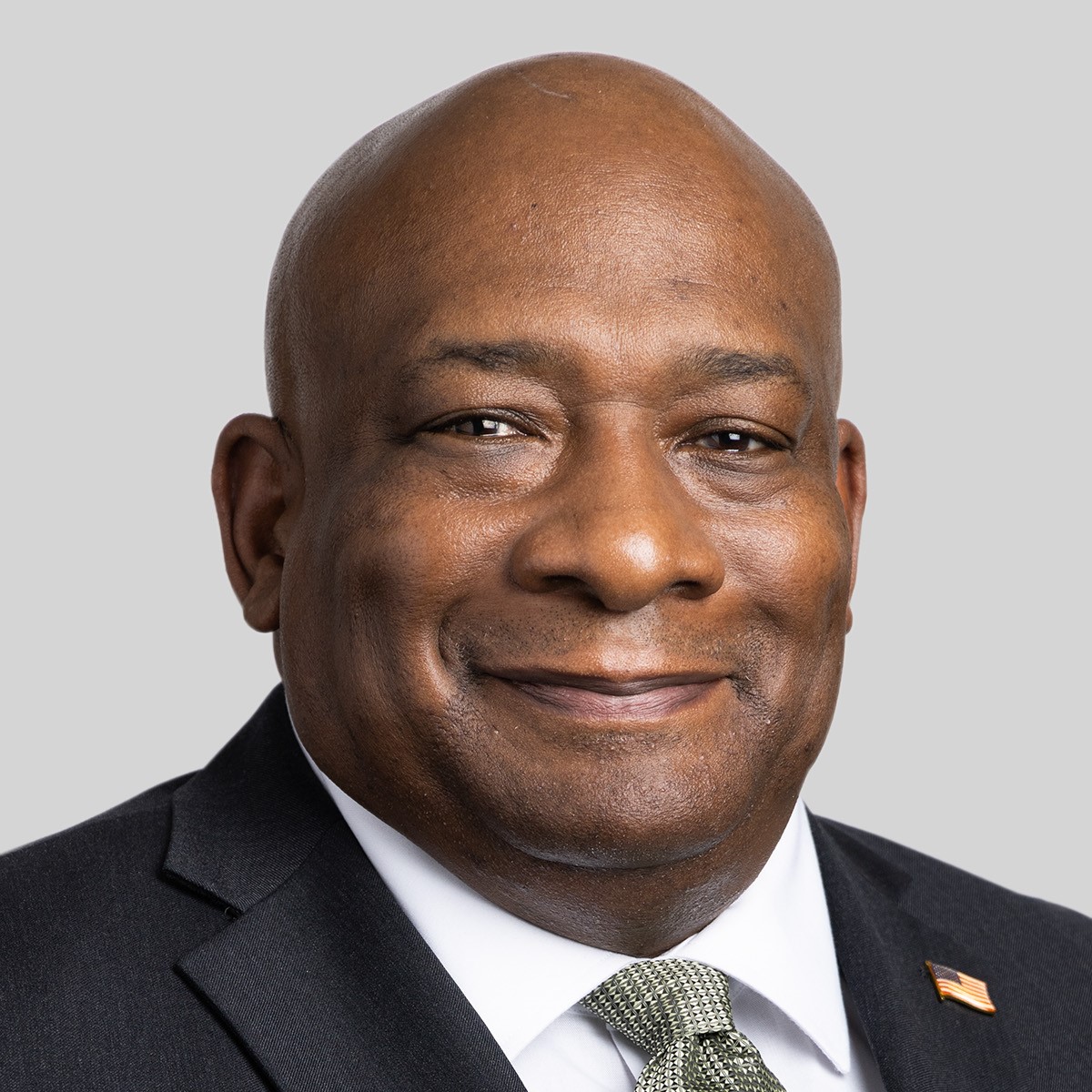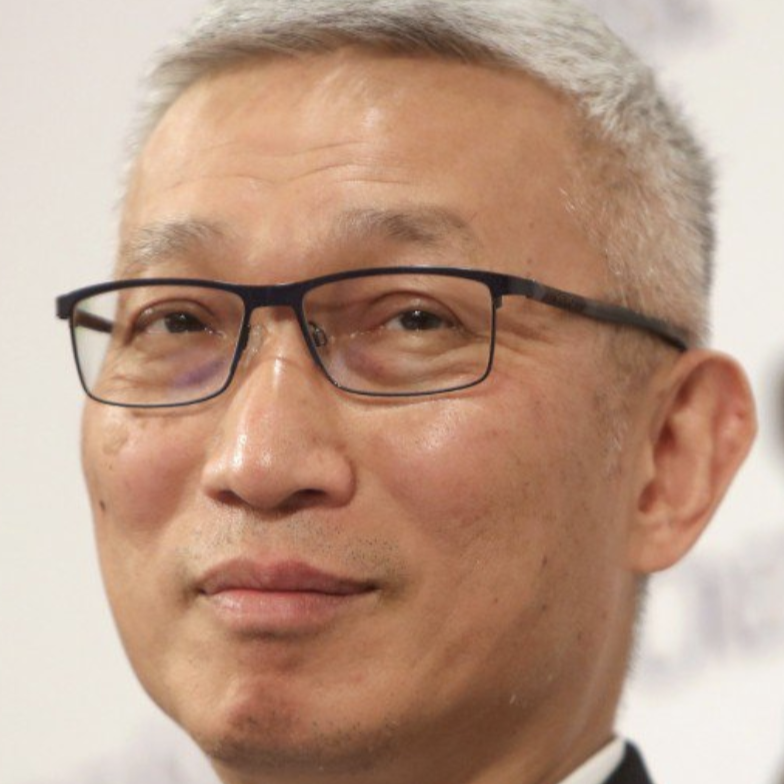U.S. policy toward Taiwan needs to evolve to contend with a more capable, assertive, and risk-acceptant China that is increasingly dissatisfied with the status quo.
Executive Summary
A conflict between the United States and the People’s Republic of China (PRC, or China) over Taiwan is becoming increasingly imaginable, a result of China’s growing military capabilities and assertiveness, the emergence and coalescence of a separate Taiwanese identity, and evolving U.S. calculations about its interests at stake in the Taiwan Strait. If deterrence fails and a war erupts, the result would be calamitous for Taiwan, China, the United States, and the world, resulting in thousands of casualties on all sides and a profound global economic depression.
The United States has critical strategic interests in the Taiwan Strait. If China were to successfully annex Taiwan against the will of the Taiwanese people, doing so on the heels of Russia’s invasion of Ukraine, it would severely undermine international order by again demonstrating that countries can use coercion or force to unilaterally redraw borders. If China were to station its military on the island, the United States would find it far more difficult to project power, defend its treaty allies, and operate in international waters in the Western Pacific. U.S. influence would wane because its allies would question U.S. commitment to their defense and either accommodate China or pursue strategic autonomy. A war in the Taiwan Strait would also halt the production and shipment of the majority of the world’s semiconductors, paralyzing global supply chains and ushering in a severe economic crisis. Finally, if China were to take control of Taiwan, it would spell the end of a liberal democracy and have chilling effects on democracies around the world. The Task Force thus finds that it is vital for the United States to deter China from using force or coercion to achieve unification with Taiwan.
The Task Force assesses that although China is developing the military capabilities it would need to annex Taiwan and is determined to subjugate the island, it has not yet decided to pursue a nonpeaceful resolution and deterrence remains possible. Although war is not inevitable, unless the United States moves with urgency to bolster deterrence and shape Chinese leader Xi Jinping’s decision-making calculus to raise the costs of aggressive action against Taiwan, the odds of a conflict will increase.
Reinforcing deterrence without provoking the conflict that it seeks to avoid is no small task. Indeed, some argue that, given the risk, the United States should lessen its support for Taiwan. Such a course, however, fails to adequately reckon with what the world would look like the day after a successful Chinese assault: markedly less safe, less free, and less prosperous. Beyond deterring Chinese aggression, the United States also has an interest in enhancing its unofficial relationship with a top-ten trading partner, a fellow democracy, and a like-minded force on global issues.
The Task Force finds that the political framework established more than four decades ago, whereby Taiwan, China, and the United States all embrace different conceptions of Taiwan’s relationship to China but do not explicitly challenge one another’s position, is becoming more and more brittle. This reality, paired with Xi’s unease with the status quo and his determination to make progress toward unification, increases the risk of a conflict. In particular, the Task Force finds that
-
the prevailing political framework has allowed for peace and stability in the Taiwan Strait while enabling rapid economic growth in both Taiwan and China;
-
the status quo is under increasing strain as China, Taiwan, and the United States reevaluate whether the long-standing political formulation continues to serve their respective interests;
-
the likelihood of resolving cross-strait differences peacefully is steadily decreasing;
-
as the prospect of achieving peaceful unification grows more remote, China will increasingly employ coercive tools against Taiwan; and
-
the chance of a conflict will rise as Xi Jinping approaches the end of his tenure and the basis of his legitimacy shifts from delivering economic growth to satisfying Chinese nationalism.
The Task Force analyzed how Taiwan’s role as the primary producer of the world’s semiconductors, including nearly all of the most advanced chips, would affect deterrence and China’s calculus. The Task Force concludes that although China’s reliance on chips manufactured in Taiwan would raise the costs of a conflict, it does not act as a “silicon shield” that can protect Taiwan from an attack. The greater danger is that China will be able to leverage economic interdependence to deter countries from coming to Taiwan’s direct or indirect defense. The Task Force finds that
-
Taiwan’s critical role in global supply chains—above all, semiconductor production—acts as a brake to hostilities but does not diminish China’s desire to gain control over Taiwan;
-
in addition to the devastation for the people of Taiwan, a conflict would also trigger a global economic depression and open-ended era of hostility between the world’s two leading powers;
-
Taiwan’s dependence on trade with China provides Beijing with leverage over Taipei that could reduce the latter’s options during a crisis;
-
U.S. and allied reliance on semiconductors produced in Taiwan raises the stakes for the United States and the West in a conflict; and
-
U.S. and allied economic interdependence with China would complicate efforts to resist Chinese aggression against Taiwan and impose costs on Beijing.
The Task Force asserts that the United States has not only legal but also vital strategic reasons for maintaining the capacity to come to Taiwan’s direct defense. At the same time, however, China’s rapid military modernization, Taiwan’s underinvestment in its military, and U.S. military gaps mean that the United States cannot assume that it would be able to decisively intervene on Taiwan’s behalf. The Task Force finds that
-
deterrence is steadily eroding in the Taiwan Strait and is at risk of failing, increasing the likelihood of Chinese aggression;
-
China does not yet have the ability to invade and seize Taiwan in the face of U.S. intervention, but, barring a significant transformation of Taiwan’s military and sustained focus from the U.S. Department of Defense (DOD), it will likely gain the capability to do so by the end of the decade;
-
despite some progress, Taiwan is still not doing enough to address critical shortfalls in its defense and civil resilience;
-
the United States has major military gaps that it is addressing but that would nonetheless make coming to Taiwan’s defense difficult and costly; and
-
support from allies and partners will be imperative for a U.S. defense of Taiwan, but the level of assistance the United States can expect is largely unknown.
The Task Force recommends that U.S. diplomacy focus on preserving the political foundation that has worked for decades but has become increasingly challenged by all sides. U.S. diplomacy should aim to deter Chinese aggression, signal to China and Taiwan that it opposes unilateral changes to the status quo, and ensure that any future arrangement between China and Taiwan be arrived at peacefully and with the assent of the Taiwanese people. In support of these objectives, the United States should
-
maintain its One China policy, recognizing the
PRC as the sole legal government of China and eschewing formal diplomatic relations with Taiwan while fulfilling its unique legal commitments to the island, and emphasize that such a policy is predicated on China pursuing a peaceful resolution of cross-strait issues; -
avoid symbolic political and diplomatic gestures that provoke a Chinese response but do not meaningfully improve Taiwan’s defensive capabilities, resilience, or economic competitiveness;
-
explain to the American people why Taiwan matters and why they should care about its fate;
-
create additional international and multilateral forums that allow Taiwan to have its voice heard and contribute to resolving global issues, in a way that does not suggest Taiwanese independence; and
-
promote people-to-people ties between the United States and Taiwan.
The United States should assist Taiwan in reducing its economic dependence on the PRC and bolstering its integration into the global economy, which would improve Taiwan’s ability to withstand China’s economic coercion. In addition, given its heavy reliance on Taiwan for semiconductor manufacturing, the United States needs to ensure that Taiwan remains a trusted economic and trading partner. In particular, the Task Force recommends that the United States
-
negotiate a bilateral trade agreement with Taiwan;
-
diversify supply chains in critical sectors to reduce the risk from potential Chinese economic retaliation;
-
build resiliency in global semiconductor manufacturing;
-
raise awareness of the economic consequences of a Chinese blockade or attack on Taiwan with allies and partners and coordinate with them to prepare sanctions on China; and
-
work with Taiwan to reduce the PRC’s economic leverage and respond to its economic coercion.
The Task Force maintains that deterring Chinese aggression against Taiwan should be the United States’ top priority in the Indo-Pacific. As a core objective, the United States should ensure that every time Chinese leaders look across the Taiwan Strait, they conclude that a blockade or invasion would fail and that pursuing such a course would make it impossible for them to accomplish China’s modernization objectives. Achieving this goal will be difficult but doable with the correct mix of policies. To accomplish it, the Task Force recommends that the United States
-
prioritize Taiwan contingencies as the
DOD pacing scenario and ensure DOD spending supports capabilities and initiatives critical to success, securing the United States’ ability to effectively come to Taiwan’s defense; -
fundamentally shift U.S.-Taiwan security relations to build Taiwan’s self-defense capabilities;
-
seek greater clarity from allies on the assistance they would provide during Taiwan contingencies and work to improve their capabilities and define their roles and responsibilities;
-
place the U.S. defense industrial base on a wartime footing now to ensure that the U.S. military has the capabilities it needs to deter Chinese aggression and prioritize arms deliveries to Taiwan; and
-
conduct a joint study with Taiwan of its war reserve munitions, ability to produce weapons during wartime, and stockpile of essential goods.
U.S. policy toward Taiwan needs to evolve to contend with a more capable, assertive, and risk-acceptant China that is increasingly dissatisfied with the status quo. Making long overdue adjustments will be difficult, but a failure to adapt is far more dangerous. The future of the world’s most economically critical region could very well hinge on whether the United States succeeds in deterring China and maintaining peace in the Taiwan Strait.
At a Glance
Taiwan has inherent military value, and thus its fate will in large part determine the U.S. military’s ability to operate in the region. As Assistant Secretary of Defense Ely Ratner noted, “Taiwan is located at a critical node within the first island chain, anchoring a network of U.S. allies and partners—stretching from the Japanese archipelago down to the Philippines and into the South China Sea—that is critical to the region’s security and critical to the defense of vital U.S. interests in the Indo-Pacific.” With Taiwan outside of its control and U.S. allies and partners arrayed throughout the first island chain, the

Bookstores: To order bulk copies, please contact Ingram.
Visit ipage.ingrambook.com, call 800.937.8200, or email [email protected].
About the Task Force
GordonVentures LLC
MGM Consulting LLC
Fellow, CFR
Managing Director, Independent Task Force Program, CFR
Task Force Members
-
 Kevin M. Brown Dell Technologies
Kevin M. Brown Dell Technologies -
 Michèle A. Flournoy WestExec Advisors
Michèle A. Flournoy WestExec Advisors -
 Susan M. Gordon (co-chair) GordonVentures LLC
Susan M. Gordon (co-chair) GordonVentures LLC -
 Harry Harris U.S. Navy, Ret.
Harry Harris U.S. Navy, Ret. -
 Paul Heer Chicago Council on Global Affairs
Paul Heer Chicago Council on Global Affairs -
 Charles Hooper U.S. Army, Ret.
Charles Hooper U.S. Army, Ret. -
 Ivan Kanapathy Edmund A. Walsh School of Foreign Service, Georgetown University
Ivan Kanapathy Edmund A. Walsh School of Foreign Service, Georgetown University -
 Patricia M. Kim The Brookings Institution
Patricia M. Kim The Brookings Institution -
 Margaret K. Lewis Seton Hall University School of Law
Margaret K. Lewis Seton Hall University School of Law
-
 Chris Miller The Fletcher School, Tufts University
Chris Miller The Fletcher School, Tufts University -
 Michael G. Mullen (co-chair) MGM Consulting LLC
Michael G. Mullen (co-chair) MGM Consulting LLC -
 Meghan L. O’Sullivan Harvard Kennedy School
Meghan L. O’Sullivan Harvard Kennedy School -
 Douglas H. Paal Carnegie Endowment for International Peace
Douglas H. Paal Carnegie Endowment for International Peace -
 Minxin Pei Claremont McKenna College
Minxin Pei Claremont McKenna College -
 Matt Pottinger Hoover Institution, Stanford University
Matt Pottinger Hoover Institution, Stanford University -
 Daniel R. Russel Asia Society
Daniel R. Russel Asia Society -
 David Sacks (project director) Council on Foreign Relations
David Sacks (project director) Council on Foreign Relations
Observers
-
 Christa N. Almonte Council on Foreign Relations
Christa N. Almonte Council on Foreign Relations -
 Robert D. Blackwill Council on Foreign Relations
Robert D. Blackwill Council on Foreign Relations -
 Ian Johnson Council on Foreign Relations
Ian Johnson Council on Foreign Relations -
 Manjari Chatterjee Miller Council on Foreign Relations
Manjari Chatterjee Miller Council on Foreign Relations -
 Carl F. Minzner Council on Foreign Relations
Carl F. Minzner Council on Foreign Relations
-
 Nargiza Salidjanova Rhodium Group
Nargiza Salidjanova Rhodium Group -
 Anya Schmemann Council on Foreign Relations
Anya Schmemann Council on Foreign Relations -
 Sheila A. Smith Council on Foreign Relations
Sheila A. Smith Council on Foreign Relations -
 Erin M. Staine-Pyne Council on Foreign Relations
Erin M. Staine-Pyne Council on Foreign Relations